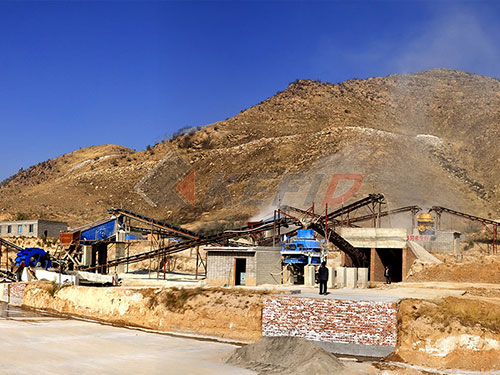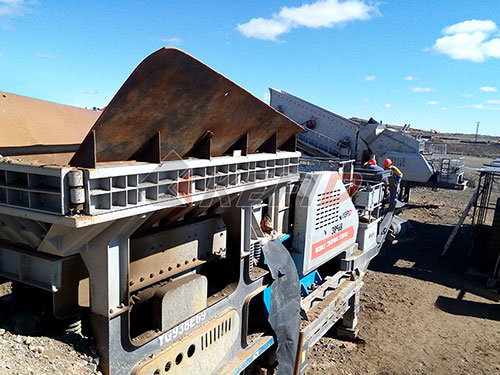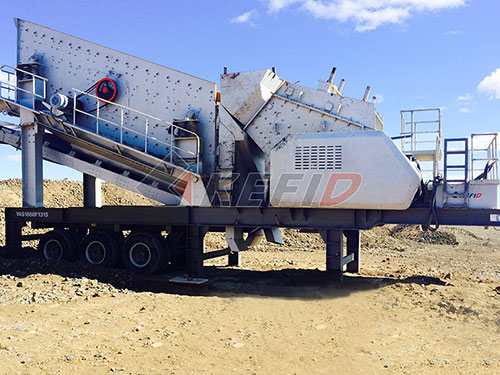Stone Crusher Business Plan
Crushing Success: Crafting a Winning Stone Crusher Business Plan
The construction and infrastructure development sectors are the bedrock of modern economies globally. As urbanization accelerates and nations invest in roads, buildings, and industrial projects, the demand for essential raw materials like crushed stone aggregates remains consistently high. Launching a stone crushing plant presents a significant opportunity within this vital supply chain. However, navigating the complexities of this capital-intensive industry requires more than just machinery; it demands a meticulously crafted Stone Crusher Business Plan. This document is your blueprint for securing funding, attracting partners, guiding operations, and ultimately achieving profitability.
Why a Stone Crusher Business Plan is Non-Negotiable:

1. Securing Investment: Banks and investors require concrete evidence of viability before committing substantial funds for land acquisition, heavy machinery (crushers, screens, loaders), and operational costs.
2. Strategic Clarity: Forces you to analyze the market deeply, define your niche (e.g., specific aggregate sizes for concrete or road base), understand competitors (existing quarries), and formulate clear objectives.
3. Risk Mitigation: Identifies potential hurdles upfront – regulatory compliance (environmental permits!), sourcing raw material reliably (land leases/mining rights), market fluctuations – allowing you to develop contingency plans.
4. Operational Roadmap: Provides a detailed guide for daily operations – sourcing rock material ("feed"), production processes (crushing stages), quality control standards (gradation testing), logistics management (transportation), staffing needs (skilled operators & mechanics), and safety protocols.
5. Financial Projections & Viability: Demonstrates profitability potential through realistic revenue forecasts based on market prices and production capacity versus detailed cost projections (CAPEX & OPEX).
Essential Components of Your Stone Crusher Business Plan:
1. Executive Summary:
Concise overview of the entire plan.
Mission statement and core objectives.
Description of proposed plant location/site advantages.
Target market segments and key products/sizes.
Summary of financial projections & funding requirements.
Management team expertise.

2. Company Description:
Legal structure (LLC, Corporation).
Company history/vision/mission/values.
Location details: proximity to raw material source & target markets reduces transport costs significantly.
Proposed plant capacity per hour/day/year.
3. Market Analysis:
Industry Overview


